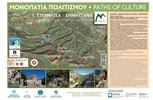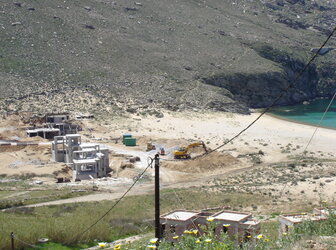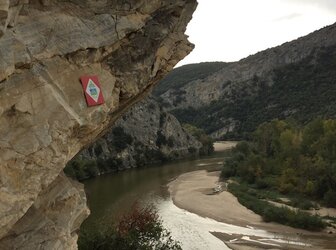Greek Paths of Culture, Athens
Greek Paths of Culture is an integrated, multi-disciplinary programme of selecting, conserving, clearing, sign-posting and linking up public footpaths in areas of particular environmental or cultural importance in Greece. Its geographical scope is vast, with a total of 658 km of ...
Read more
Project details
Description:
Greek Paths of Culture is an integrated, multi-disciplinary programme of selecting, conserving, clearing, sign-posting and linking up public footpaths in areas of particular environmental or cultural importance in Greece. Its geographical scope is vast, with a total of 658 km of restored hiking and bicycle routes, many of them dating from ancient and medieval times, in no less than 13 regions across Greece. The programme, created by ELLINIKI ETAIRIA – Society for the Environment and Cultural Heritage, has been realised with a relatively modest investment. It brings together scientists from many fields (geographers, archaeologists, historians, teachers, ornithologists), institutional players and representatives of the business and tourism industries. It extends the tourist season, creates new jobs, improves the health and quality of life of local populations, and highlights the local produce of each community. The programme, in different areas of Greece, has been supported by the A.G. Leventis Foundation, the Stavros Niarchos Foundation, Phokion Potamianos & family, the Centre Culturel Hellénique in Paris, the “Walk with me” crowdfunding campaign, the Konstantinos K. Mitsotakis Foundation, Fthiotiki Anaptyxiaki, AEGEAN, ELMIN company and Lord Butler. In Naxos, the monetary prize of the EU Prize for Cultural Heritage / Europa Nostra Award 2018 for the conservation of Hagia Kyriaki was used to fund the restoration of the Paths in the area. A prerequisite for the programme to proceed in each area is that the respective regional authorities or municipalities offer their invaluable support, mostly in kind, until the completion of the project and that they undertake its maintenance thereafter. The efforts and the involvement of the local communities are key to the success of the project. Schools, young people and volunteers from all over Greece are invited, often through seminars and presentations, to use the paths and include them in educational activities. By ‘adopting’ one of the paths, they become deeply engaged with the history, maintenance and activities of the walking routes. Greek Paths of Culture is an excellent example of integrating cultural heritage and the surrounding natural landscape.









